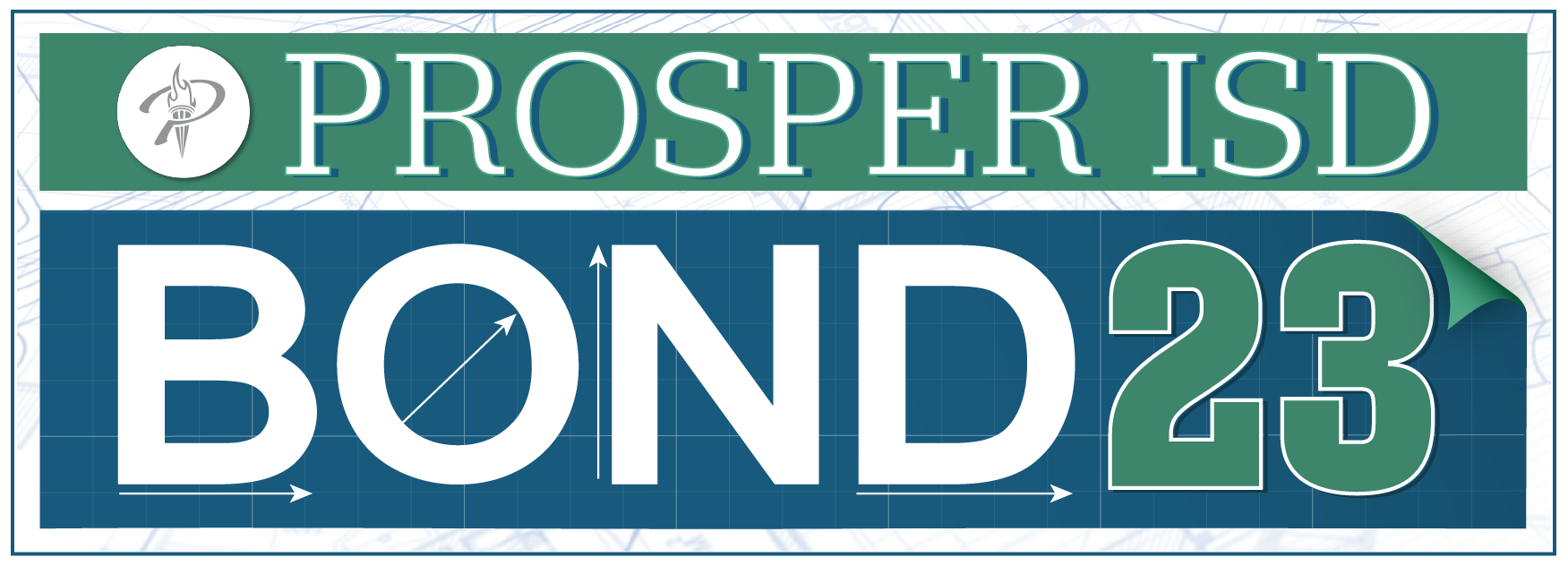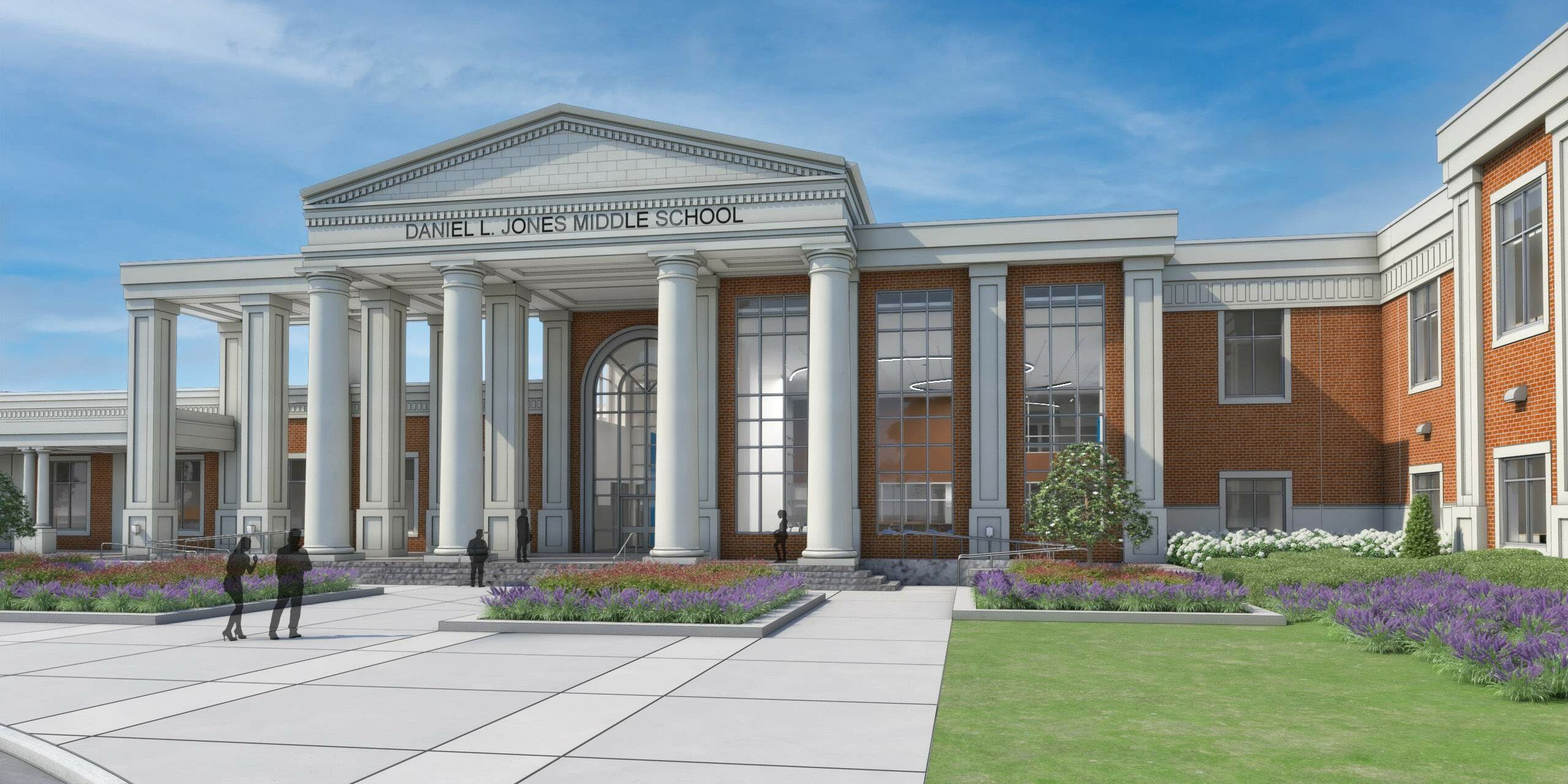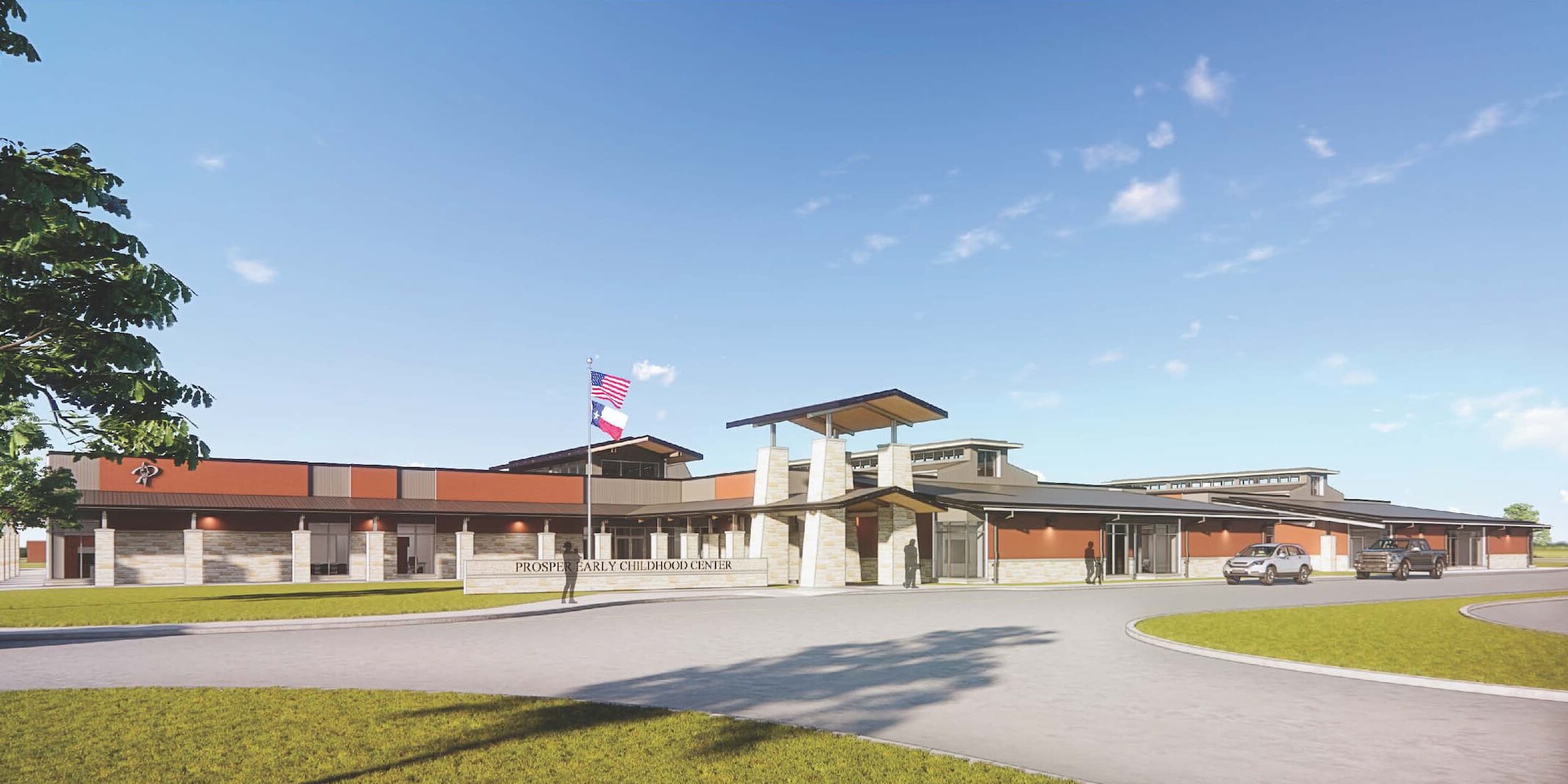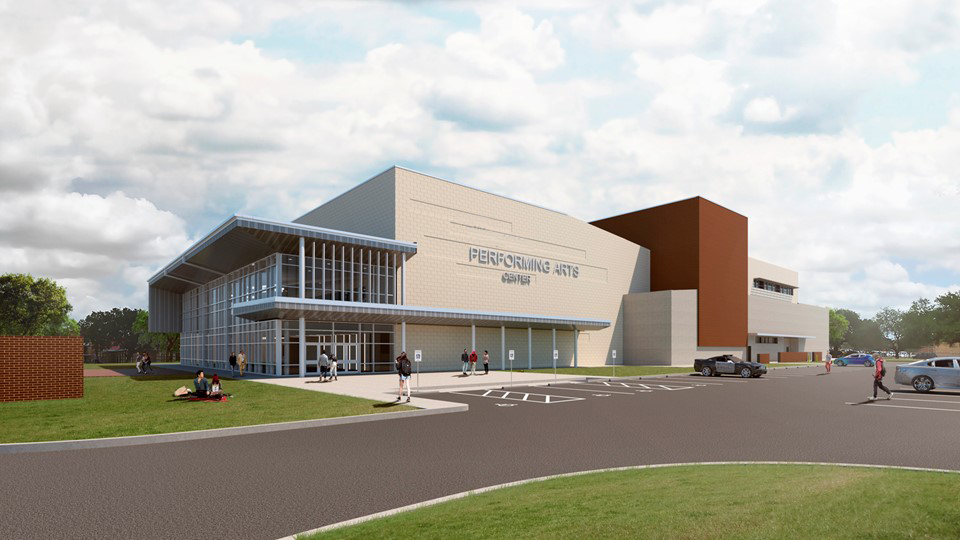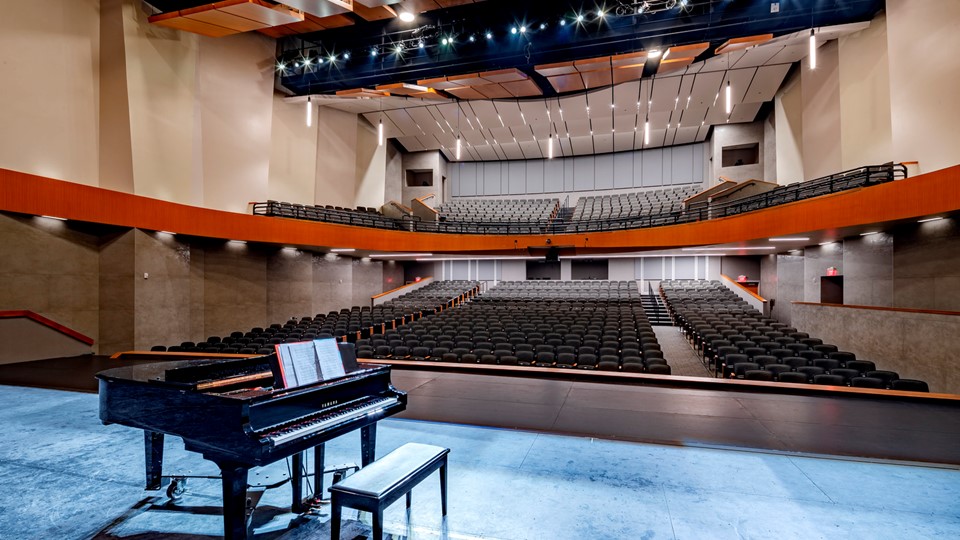THANK YOU, PROSPER!
Prosper voters overwhelmingly supported the combined 2023 Bond package passing 96.4% of all Bond funds on the ballot and authorizing $2.7 billion in bonds.
This is the second-largest bond approval in Texas history!
Voters approve $2.7 Billion for new schools, safety and security, and performing arts center
PROSPER, TX – The Prosper ISD community overwhelmingly approved a $2.7 billion investment for new schools, safety and security, and a performing arts center on November 7, 2023.
Prosper ISD Superintendent Dr. Holly Ferguson stated, “We are profoundly grateful for the overwhelming support shown by our community. The 2023 Bond isn’t just an investment in the present; it is a commitment that will resonate positively within our community for generations to come.”
While the preliminary results from Collin County and Denton County affirm the passing of Propositions A, B, and D, it’s important to note that these results are pending official canvassing. Texas law mandates this process to ensure the accuracy and inclusion of every valid vote. The Board of Trustees has tentatively scheduled the canvass of votes for Monday, November 13, 2023, at the regularly scheduled board meeting. The agenda for this meeting will be posted by 5 pm on Friday, November 10, 2023.
Now that the people’s voice has been heard, Prosper ISD is prepared to embark on the meticulous planning of construction timelines and project schedules. Proposition C, the second districtwide stadium, was not approved by voters. The Board of Trustees will determine next steps for that facility.
Board of Trustees President Bill Beavers conveyed gratitude, stating, “The overwhelming support for this community-driven Bond proposal is truly heartening. We are enthusiastic about prudently managing these bond resources for essential projects that will benefit our children and the community at large.”
The journey towards this monumental decision started earlier in the year when a Long Range Planning Committee, consisting of parents, educators, staff, and community leaders, meticulously analyzed the district’s current and future needs. Their extensive work led to a comprehensive bond recommendation that the Prosper ISD Board of Trustees endorsed.
Approving three bond propositions is poised to be a transformative step without any increase in the tax rate. It will maintain a tax rate lower than that of 2021 and notably $0.41 lower than in 2014.
Prosper ISD, one of the fastest-growing school districts in Texas, enrolls approximately 3,400 new students annually. From a mere 1,000 students and three campuses in 2002, the district has grown exponentially to nearly 28,000 students across 25 campuses in 2023.
UNOFFICIAL RESULTS
%
PROP A - PASS
%
PROP B - PASS
%
PROP C - FAIL
%
PROP D - PASS
VOTER APPROVED!
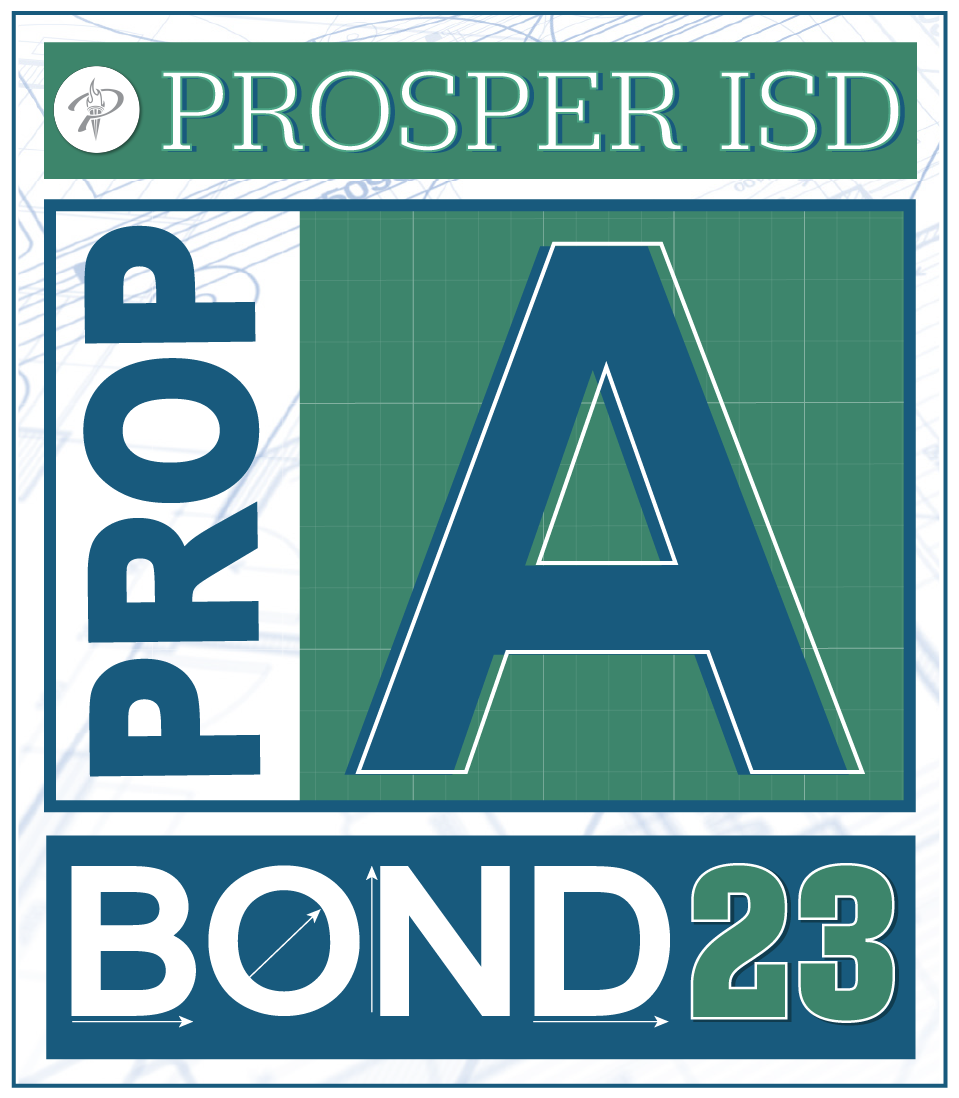
PROPOSITION A
Proposition A addresses growth through new construction of schools, modernization of older campuses & district facilities, safety & security improvements, and technology infrastructure enhancements.
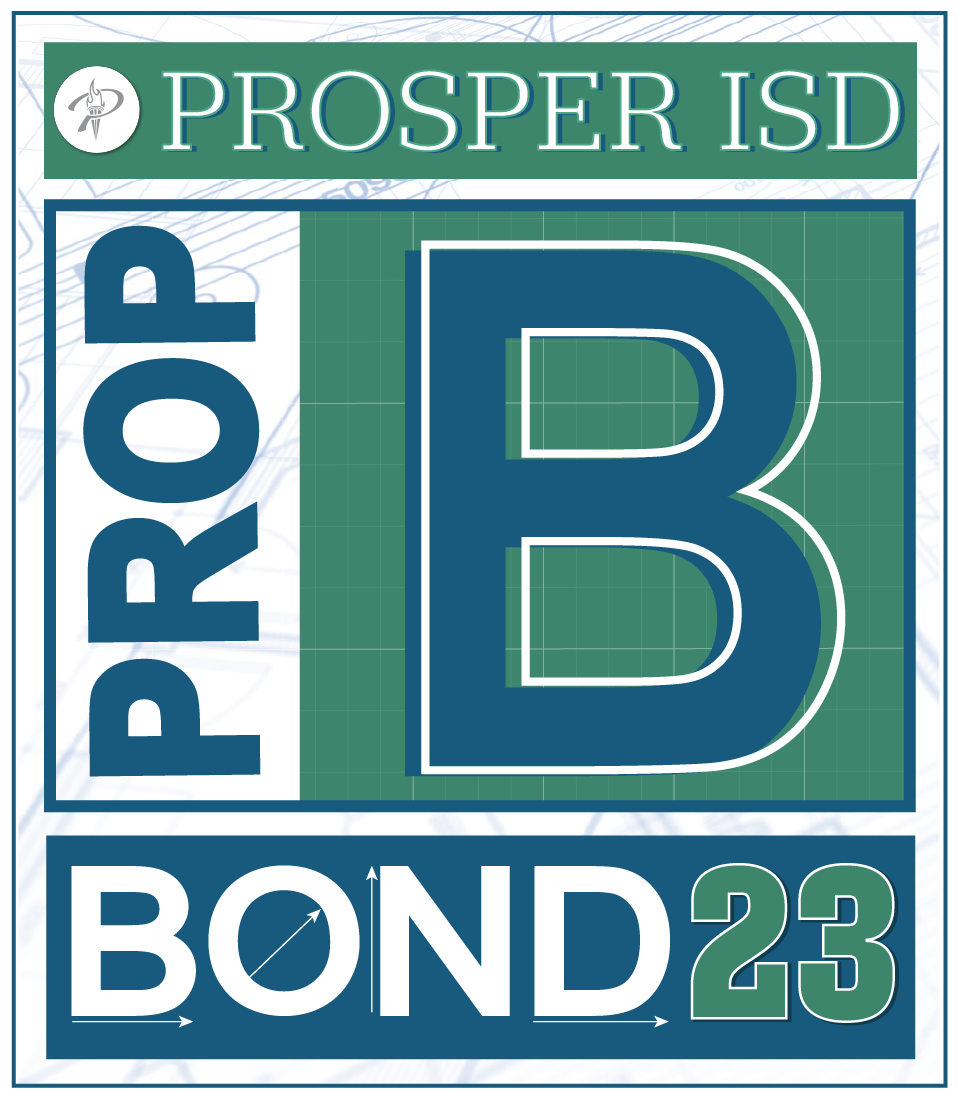
PROPOSITION B
Proposition B is focused on advancing education through technology by providing new devices for students, teachers, and staff, ensuring everyone has the tools they need for a modern, technology-driven learning environment.
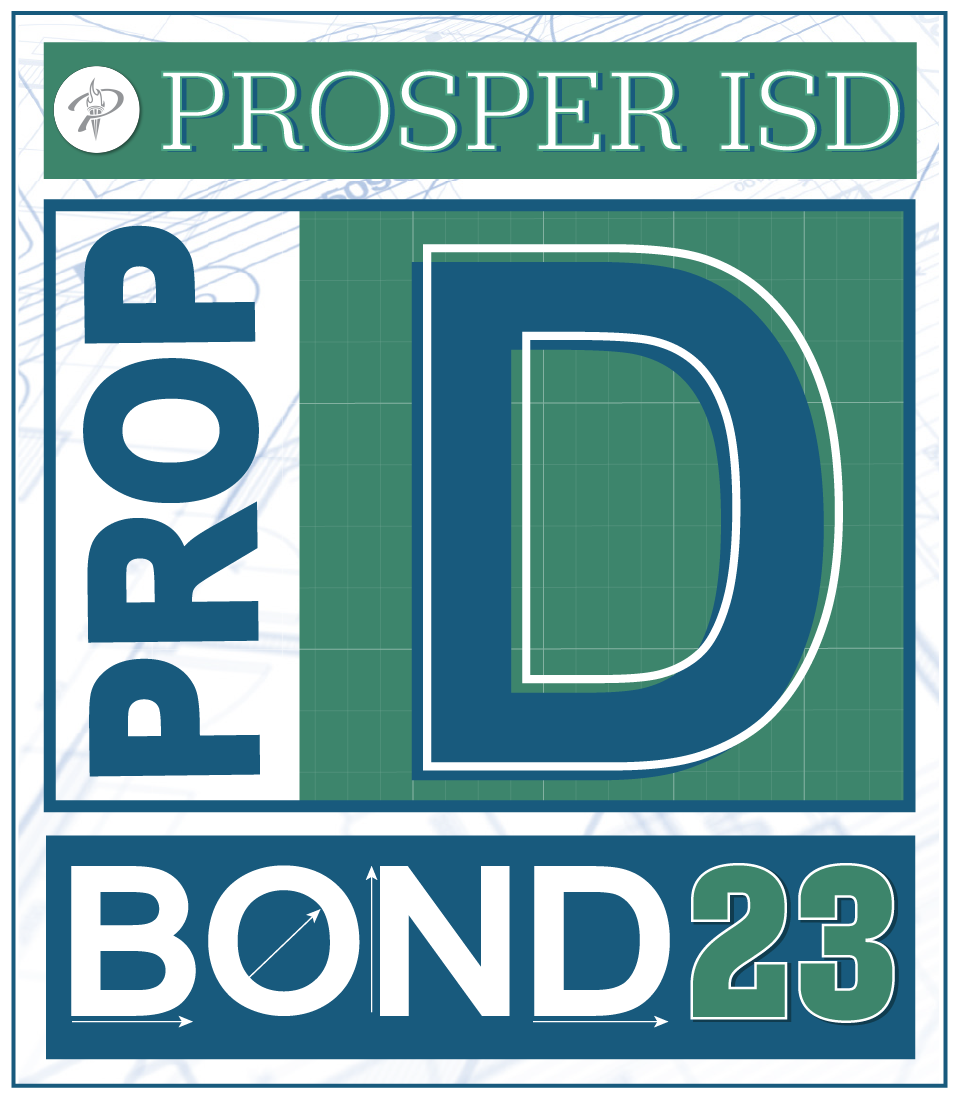
PROPOSITION D
Proposition D is designed to foster the arts by allocating funds for the construction of a New Performing Arts Center, providing a state-of-the-art space for students to pursue and showcase their talents in dance, theater, music, and the visual arts.
LONG RANGE PLANNING
As part of the district’s conservative management of finances and facilities, the Prosper ISD commissioned a community-led Long Range Planning Committee in 2023 to develop a long-term capital program through a series of collaborative meetings.
The goal of the Long Range Planning Committee was to ensure students in Prosper ISD continue to have access to modern classrooms and innovative programs.
The community-led committee of nearly 80 parents, grandparents, teachers, staff, business, and community leaders from across Prosper ISD reviewed demographic data, housing information, and a comprehensive facilities study. After months of extensive study, the committee developed comprehensive bond recommendations to reflect the wishes of the Prosper ISD community for the next 5-7 years. The LRP Committee presented its report to the Board of Trustees in June 2023 for its consideration.
“We sincerely appreciate the Long Range Planning Committee’s dedicated members, including parents, grandparents, teachers, and staff, from all corners of the school district. Their thoughtful and comprehensive work in formulating recommendations is commendable, as it aims to enrich the lives of our Prosper ISD students, staff, families, and community.”
Prop a - $2,439,575,000
BUILD NEW SCHOOLS & SUPPORT FACILITIES
$1,775,915,123
- 6 new elementary schools
- Second Early Childhood School
- 2 new middle schools
- High School #5
- Complete Richland High School (High School #4)
- Outdoor Learning Center
- Administration & Professional Learning Center
MODERNIZE OLDER SCHOOLS & FACILITIES
$417,887,931
- Update 8 Schools: Baker Elementary School, Cockrell Elementary School, Folsom Elementary School, Light Farms Elementary School, Rucker Elementary School, Reynolds Middle School, Rogers Middle School, Prosper High School
- Expand 4 Schools: Rucker Elementary School, Reynolds Middle School, Rogers Middle School, Prosper High School
- UPDATE current administration building for alternate use
Baker Elementary School
CAMPUS REFRESH ITEMS
- Refresh or Replace all Mechanical, Electrical, and Plumbing Systems
- Refresh Classroom and Hallway Surfaces including Floor Tile, Carpet, and Repaint the Walls
- Update Life Safety Systems and Upgrade Security Cameras
- Refresh Roof and Decking Systems
- Replace Joint Sealants and Upgrade Insulation
- Ensure all lighting systems are LED
- Repair Irrigation and replace vegetation and landscaping
- Upgrade student and adult furniture
Cockrell Elementary School
CAMPUS REFRESH ITEMS
- Refresh or Replace all Mechanical, Electrical, and Plumbing Systems
- Refresh Classroom and Hallway Surfaces including Floor Tile, Carpet, and Repaint the Walls
- Update Life Safety Systems and Upgrade Security Cameras
- Refresh Roof and Decking Systems
- Replace Joint Sealants and Upgrade Insulation
- Ensure all lighting systems are LED
- Repair Irrigation and replace vegetation and landscaping
- Upgrade student and adult furniture
Folsom Elementary School
CAMPUS REFRESH ITEMS
- Refresh or Replace all Mechanical, Electrical, and Plumbing Systems
- Refresh Classroom and Hallway Surfaces including Floor Tile, Carpet, and Repaint the Walls
- Update Life Safety Systems and Upgrade Security Cameras
- Refresh Roof and Decking Systems
- Replace Joint Sealants and Upgrade Insulation
- Ensure all lighting systems are LED
- Repair Irrigation and replace vegetation and landscaping
- Upgrade student and adult furniture
Light Farms Elementary School
CAMPUS REFRESH ITEMS
- Refresh or Replace all Mechanical, Electrical, and Plumbing Systems
- Refresh Classroom and Hallway Surfaces including Floor Tile, Carpet, and Repaint the Walls
- Update Life Safety Systems and Upgrade Security Cameras
- Refresh Roof and Decking Systems
- Replace Joint Sealants and Upgrade Insulation
- Ensure all lighting systems are LED
- Repair Irrigation and replace vegetation and landscaping
- Upgrade student and adult furniture
Rucker Elementary School
If voters approve the 2023 Bond, Rucker Elementary will be completely rebuilt with a brand new floor plan that will serve as the model for future elementary construction. It will be a state-of-the-art facility with collaborative spaces to meet students’ learning needs as they prepare for the future.
Reynolds Middle School
CAMPUS REFRESH ITEMS
- Refresh or Replace all Mechanical, Electrical, and Plumbing Systems
- Refresh Classroom and Hallway Surfaces including Floor Tile, Carpet, and Repaint the Walls
- Update Life Safety Systems and Upgrade Security Cameras
- Refresh Roof and Decking Systems
- Replace Joint Sealants and Upgrade Insulation
- Ensure all lighting systems are LED
- Repair Irrigation and replace vegetation and landscaping
- Upgrade student and adult furniture
CAMPUS ADDITIONS
- Construct Additional Classrooms to Increase Building Capacity to 1500
- Construct a New Band Hall and Repurpose existing Band Hall into a new space for Choir, Orchestra, and Theatre
Rogers Middle School
CAMPUS REFRESH ITEMS
- Refresh or Replace all Mechanical, Electrical, and Plumbing Systems
- Refresh Classroom and Hallway Surfaces including Floor Tile, Carpet, and Repaint the Walls
- Update Life Safety Systems and Upgrade Security Cameras
- Refresh Roof and Decking Systems
- Replace Joint Sealants and Upgrade Insulation
- Ensure all lighting systems are LED
- Repair Irrigation and replace vegetation and landscaping
- Upgrade student and adult furniture
CAMPUS ADDITIONS
- Construct a New Competition Gymnasium and convert existing gym to a space for Dance, and Orchestra
- Construct a New Weight Room and convert the existing space into additional locker rooms
- Construct Additional Classrooms to Increase Building Capacity to 1500
- Construct New Administration Offices and create a more secure front entry.
Prosper High School
CAMPUS REFRESH ITEMS
- Refresh or Replace all Mechanical, Electrical, and Plumbing Systems
- Refresh Classroom and Hallway Surfaces including Floor Tile, Carpet, and Repaint the Walls
- Update Life Safety Systems and Upgrade Security Cameras
- Refresh Roof and Decking Systems
- Replace Joint Sealants and Upgrade Insulation
- Ensure all lighting systems are LED
- Repair Irrigation and replace vegetation and landscaping
- Upgrade student and adult furniture
CAMPUS ADDITIONS
- Construct a New Multipurpose Facility to accommodate Cheer and Wrestling equitable to the facility at Rock Hill and Walnut Grove
- Construct New Parking Lot to replace existing gravel lot
REINFORCE SAFETY & SECURITY MEASURES / UPGRADE TECHNOLOGY INFRASTRUCTURE
$132,261,976
BUY LAND FOR 2 NEW MIDDLE SCHOOLS & 6 NEW ELEMENTARY SCHOOLS
$78,509,970
PROVIDE BUSES & VEHICLES FOR TRANSPORTATION
$35,000,000
Return to all Props
Prop B - $140,000,000
Upgrade Technology
Provide new devices for students, teachers, and staff.
Return to all Props
Prop D - $125,000,000
Allocate funds for constructing a New Performing Arts Center, providing a space for students to perform in dance, theater, music, and the visual arts.
Return to all Props
CONTACT US
